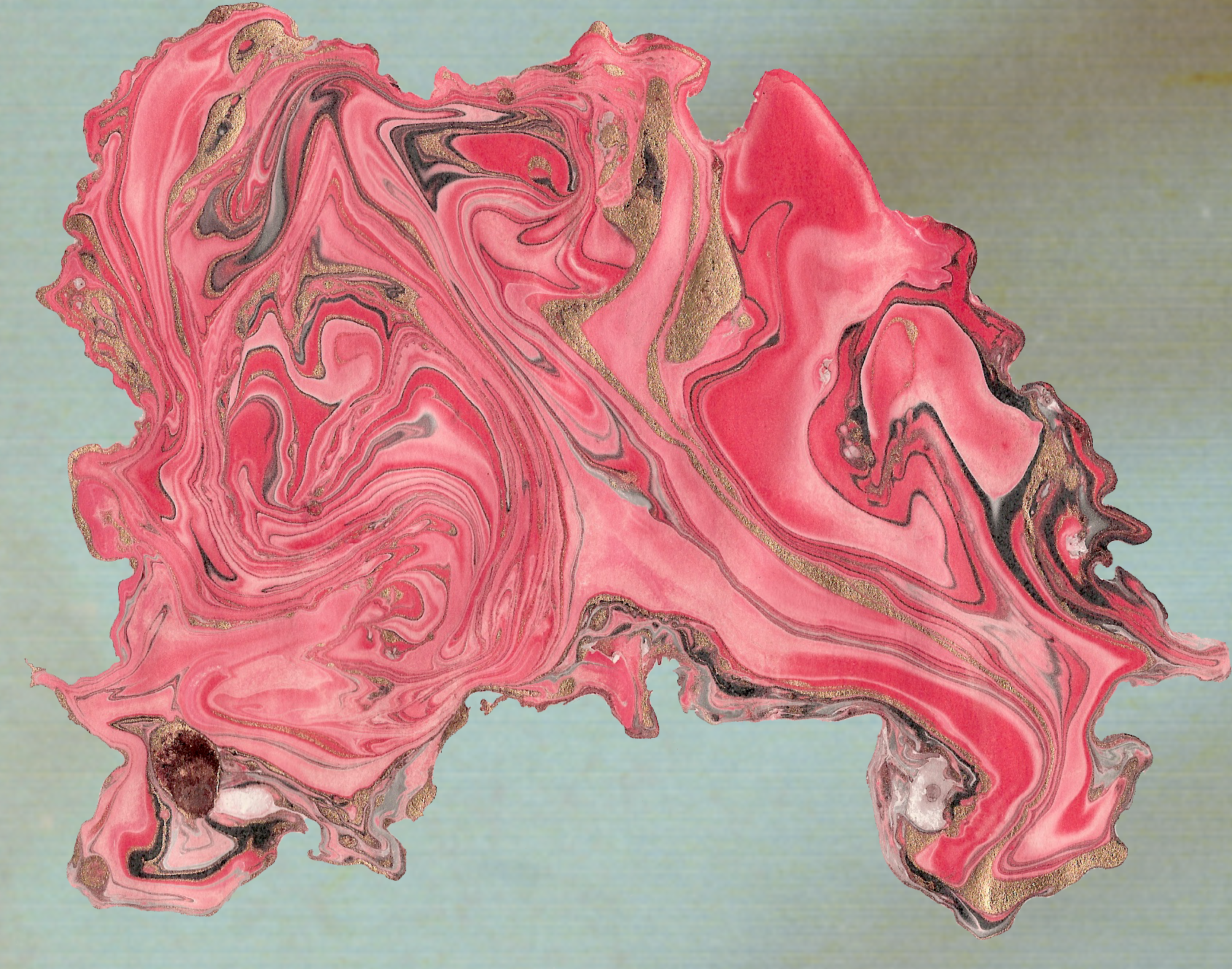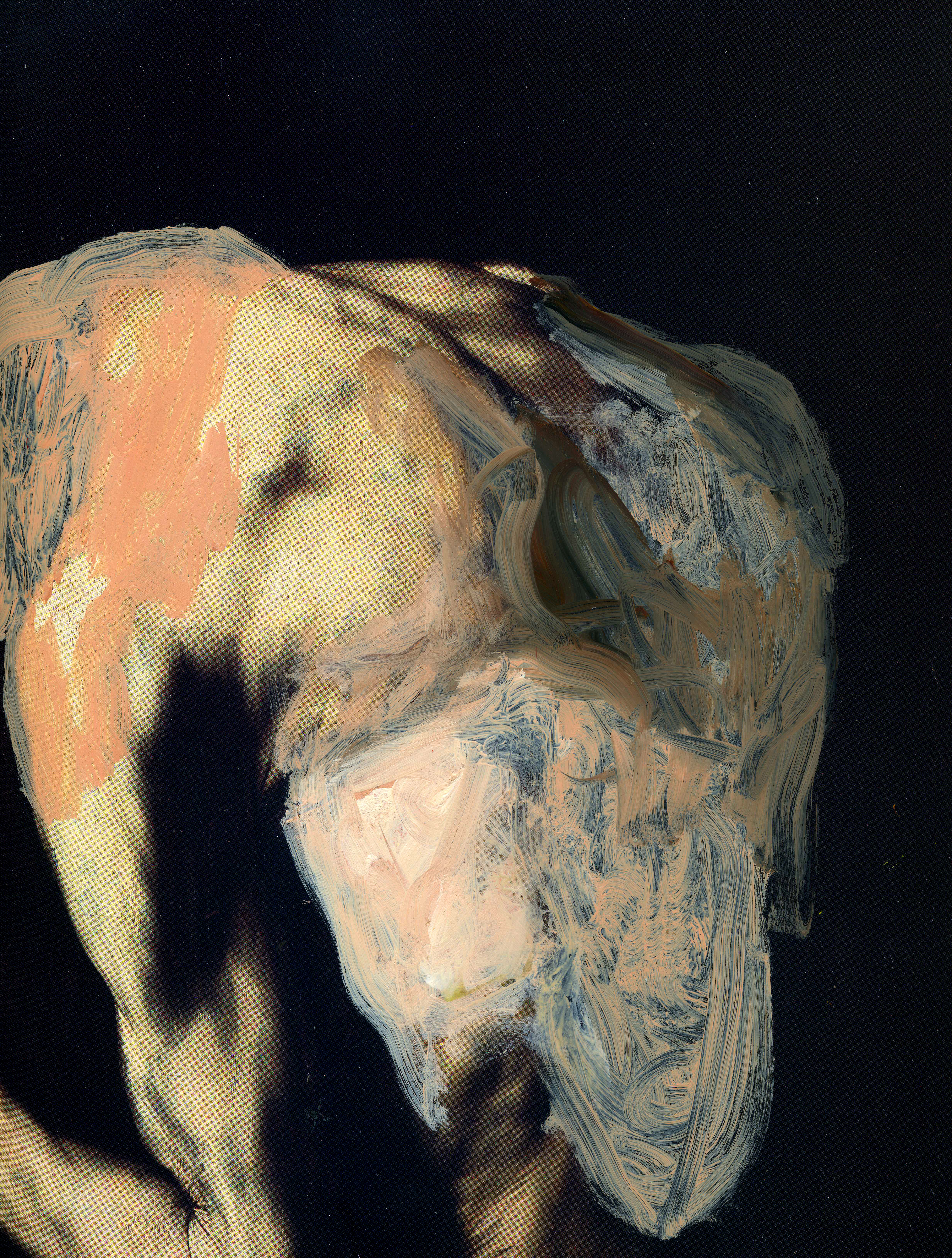
The ISIS Short Essay Competition: ‘If this was the last piece of paper in the world, what would you write on it?’
“Ask the Microvac,” wailed Jerrodette I. “Ask him how to turn the stars on again.” (The Last Question, Isaac Asimov)
There are more than fifty-five thousand museums in the world today. New York alone has more than eighty of them. Each year, millions of people flock to these spaces, populated by glass cases, or fences, or little signs which say “Please do not touch the exhibits”. Each day, thousands upon thousands of people go to stand inside a building in order to look at things which no one uses. The world over, there are rooms filled with things to be looked at, but not touched.
The Brighton Museum houses one of the five known iconic Mae West lip sofas. This sofa, designed by Salvador Dalí, is no more or less useful than any other sofa. We have placed it in a museum not because of its inherent skill at being a sofa. There are undoubtedly sofas more comfy, more practical, larger, certainly cheaper. It is in a museum because of who designed it, because of its origins and history. It is in a museum because it is rare and because it captures Surrealism, because it captures an era which we can never revisit. Through the very proliferation of museums today, this tendency to commemorate history appears a human instinct. The Mae West lip sofa, though, is first and foremost a work of design, a definition which somewhat overrides its function as a sofa. More counter-intuitive and more telling of this human tendency to turn history into an exhibit is the immortalisation of everyday objects which now sit, useless, in toughened glass cases. Once the functional object ceases to have a function – or indeed, if it is rare, like Dalí’s sofa – the human reaction is to put it on display. Paper is a commonplace, functional resource for almost every human being on Earth today. If paper were to be prohibited, however, and there came a time when there existed a known last sheet, would it be viewed as functional at all?
The answer lies in the museums. Iron Age tools are ‘functional’ in the same way that the last piece of paper on Earth would be ‘functional’. However, they are, as paper would be, the last remnants of a society otherwise largely forgotten. Today, we have much better tools. We have mechanisation and electricity and a need for infrastructure and manufacturing which is far too great to be satisfied by the capabilities of Iron Age tools. In the same way, the Internet is decreasing the need for paper in twenty-first century society. Although we currently use paper and the Internet side by side, a paperless society is a plausible future. If the production of paper were to be banned, all existing pieces of paper destroyed, a remaining last piece of paper would lose its usefulness. Like the Mae West sofa and the Iron Age tools, its historical interest would be far greater than the demand for its function. It would become a relic of a bygone era, much like the spinning jenny: functional, yet replaceable and somehow foreign to a modern society.
This anti-functional commemoration also has a sacred element. Sites such as Stonehenge, England, and the remains of Roman Pompeii in Italy were raided centuries ago for their functional building materials. Today, not only is this function removed by museum-style arrangements, but in modern opinion it would be sacrilege to use materials from ancient sites such as Stonehenge and Pompeii. They are more than relics. They are memorials to the very origins and development of human civilisation. Such would be the status of paper in a world where only one sheet remained. The significance of the human individual is minuscule in comparison to the significance of the achievements and history represented by Pompeii and Stonehenge, and would be so when faced with the cultural and historical significance of a single remaining sheet of paper. It becomes sacred, a representation of something greater than what it is: a crystallisation of a society, a proof that it was there. Anything an individual wrote could hardly be worthy of writing.
It has been the presumption until now that this last piece of paper exists in a setting of prohibition of paper production, rather than a tree-extinction scenario. In this latter scenario there would, of course, be no way of sustaining life and society as we know it. However, those who write of dystopia can all too easily imagine a universe far in the future, one in which humanity has discovered a way to sustain life in a treeless world. A universe almost unrecognisable from the one we inhabit, one in which information has become useless and nothing is permanently commemorated. Perhaps a society in which only a few people remain. The last piece of paper, in this instance, would represent the final concrete way of humanity asserting its existence and committing it to permanence. A human would have to search for something to write to encompass the spirit of museums, of the significance of our society and its achievements, of our need to immortalise. Ultimately, something representative of humanity and its quandary, of our search for function and how the fruits of this search are constantly replaced.
Perhaps, to have recourse to this essay’s opening quote, the last offering of humanity would be a question. Perhaps, as Asimov writes, humanity’s last preoccupation will be how to reverse entropy, the force countering our constant search for greater function; how to “turn the stars on again”. Or, perhaps, the greatest sign of presence a human can offer, on the very last piece of paper, is simply that which is seen so often on school desks or on the walls of toilet cubicles or carved into the trunks of trees, as a last commemorative act: “I was here.”
Winner of The ISIS Short Essay Competition, Michaelmas 2014
Image by Nataly A







